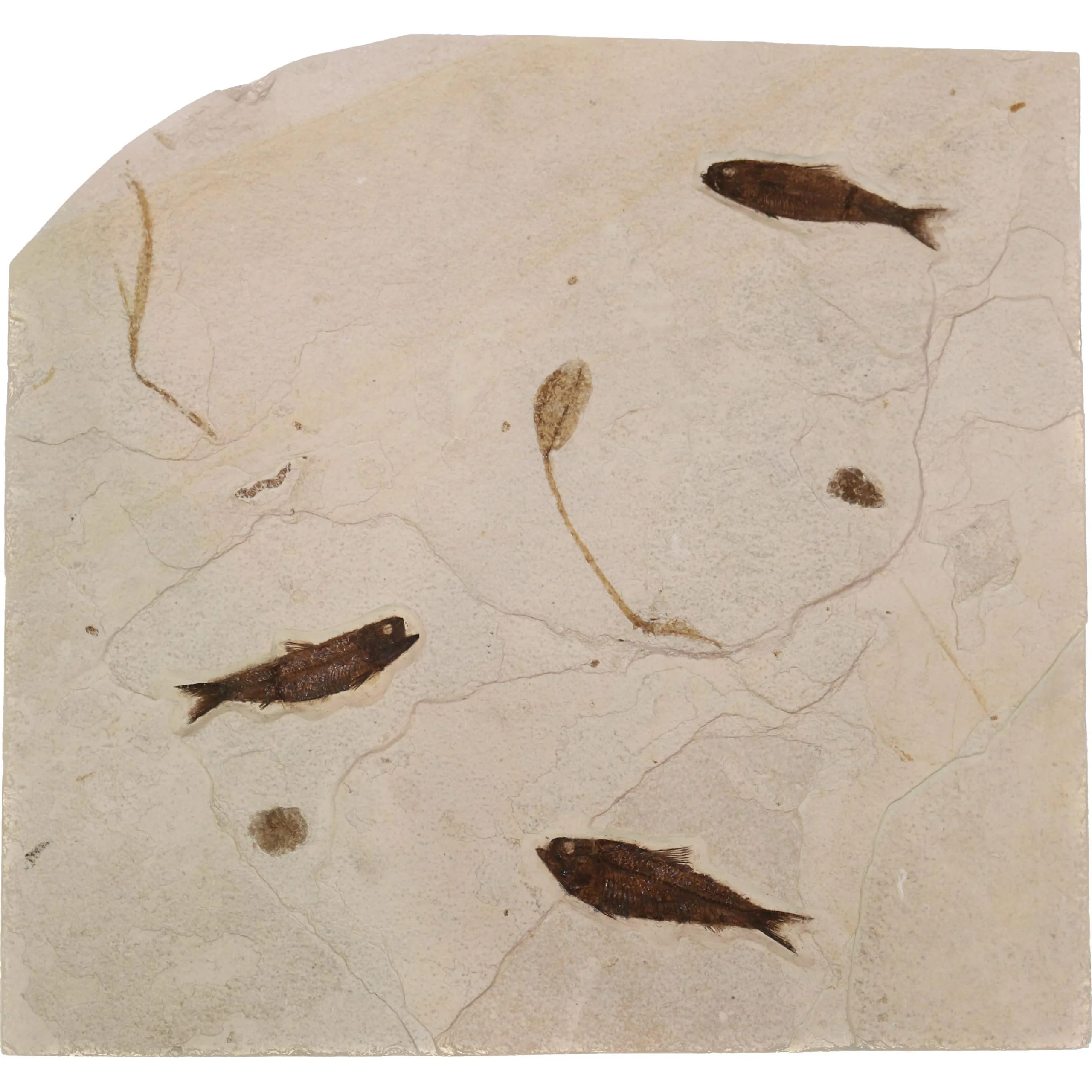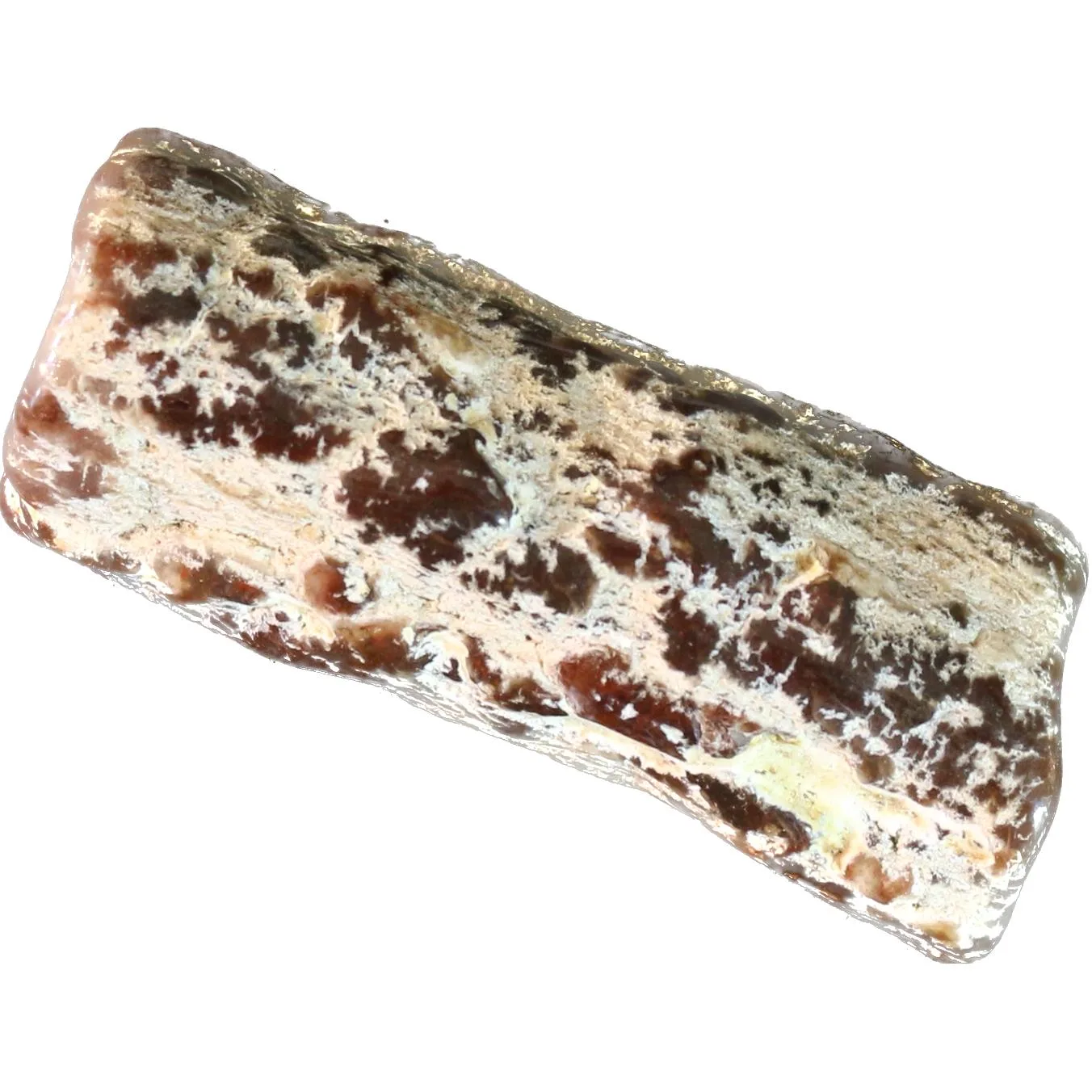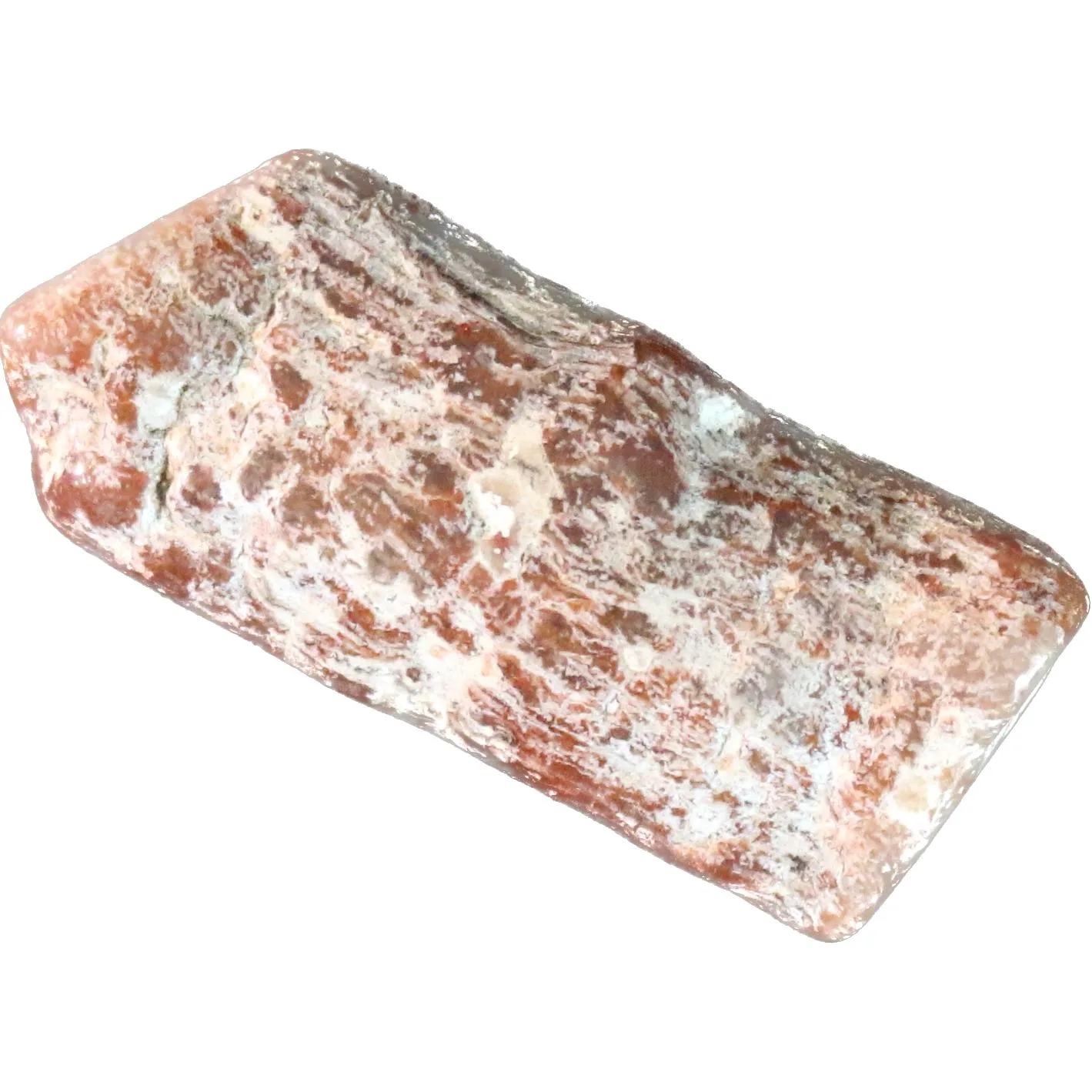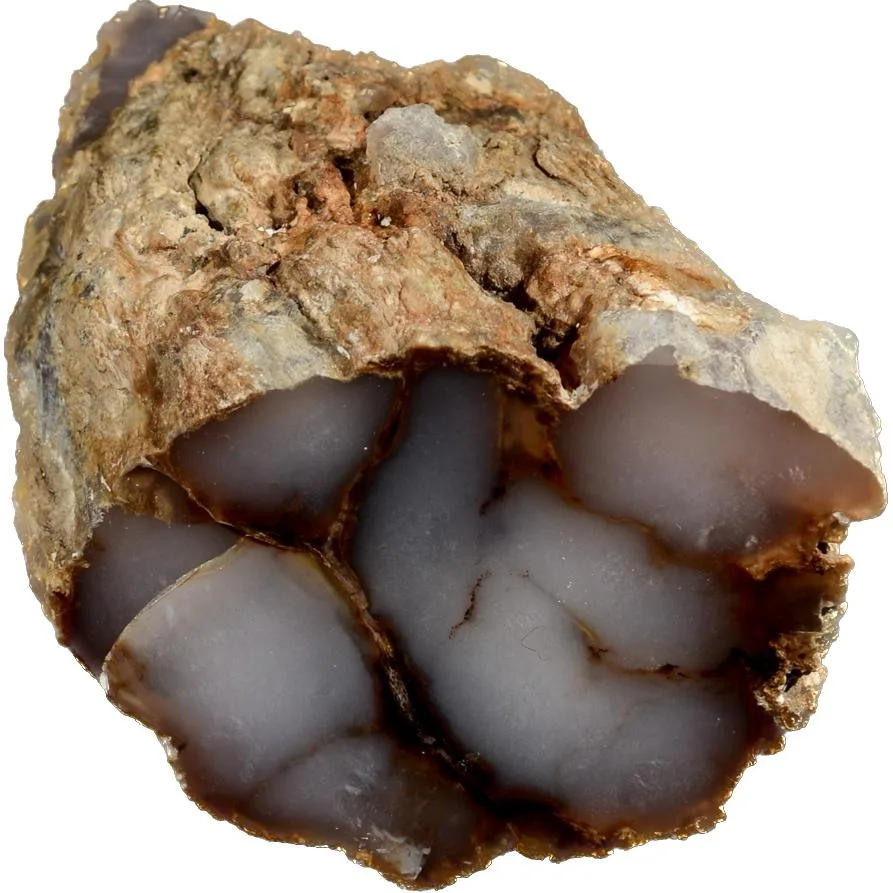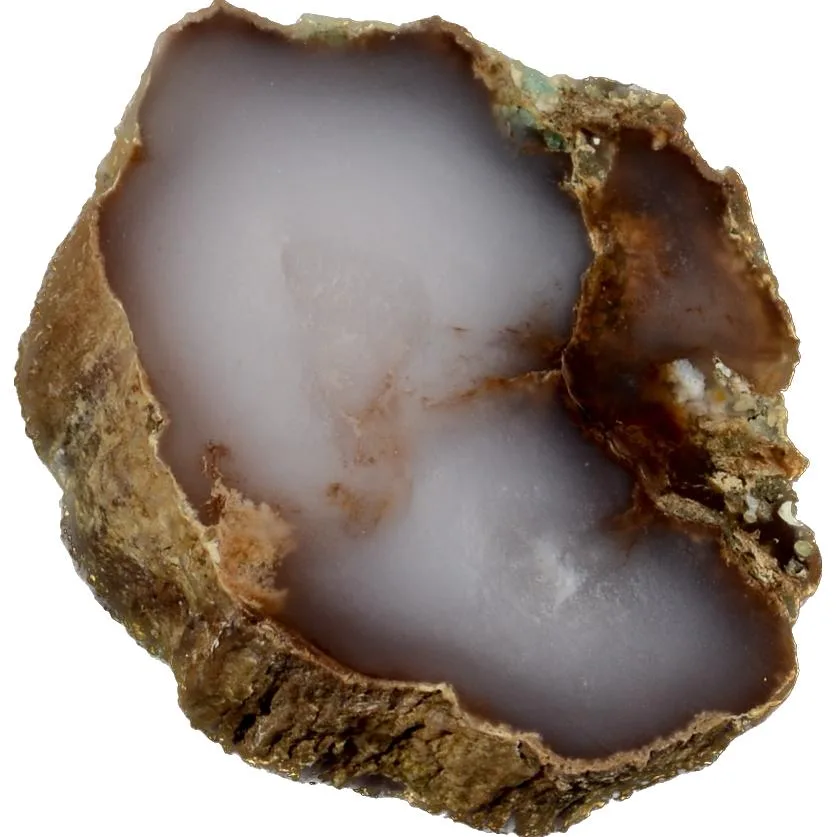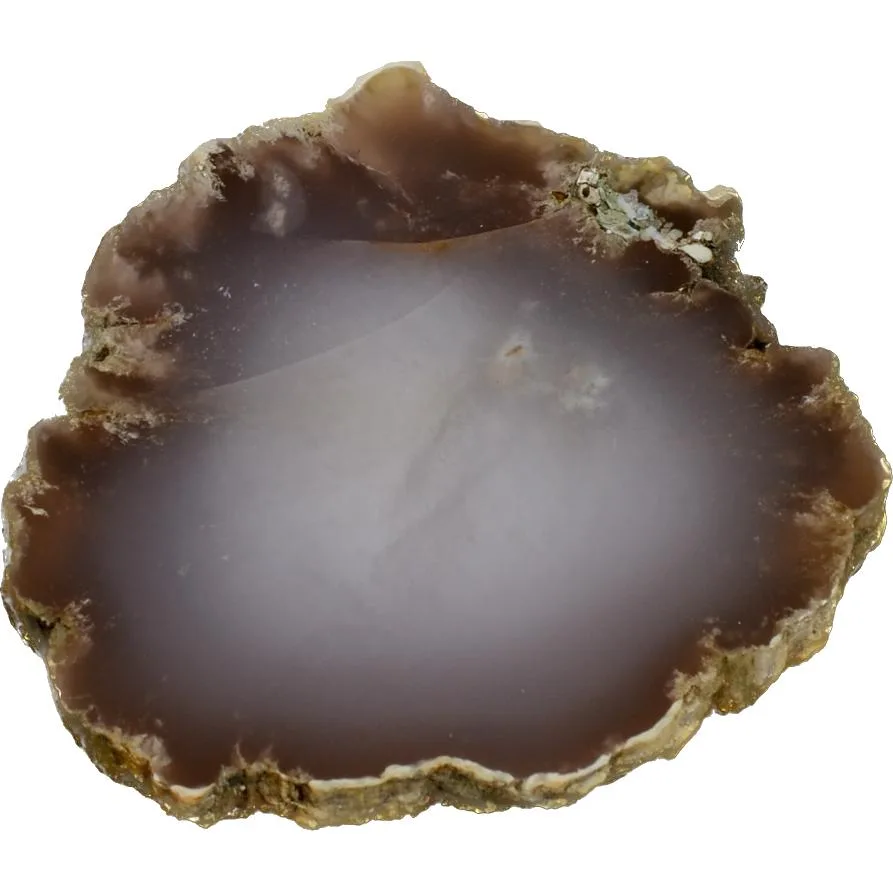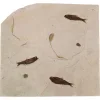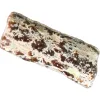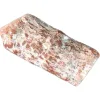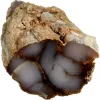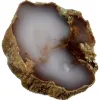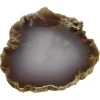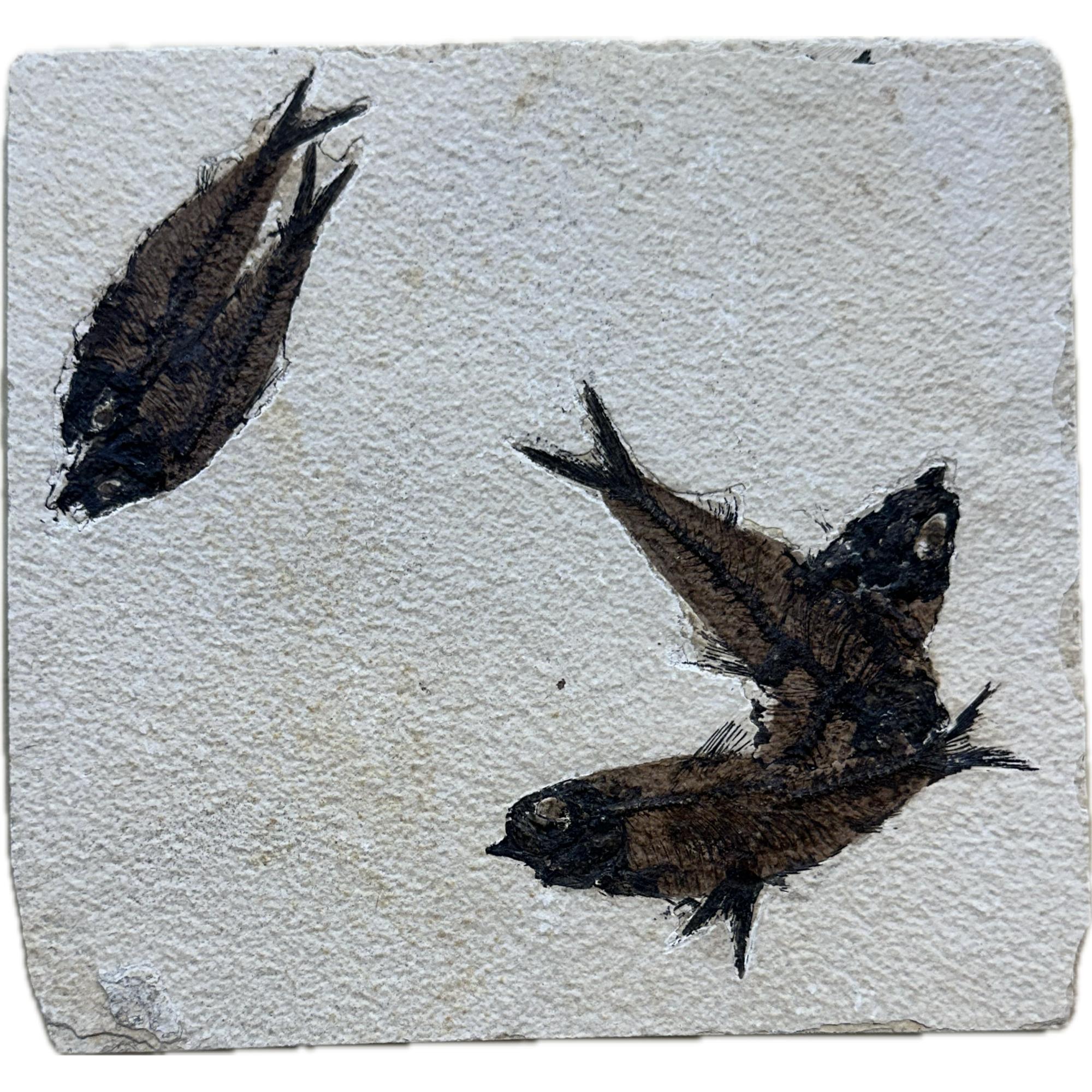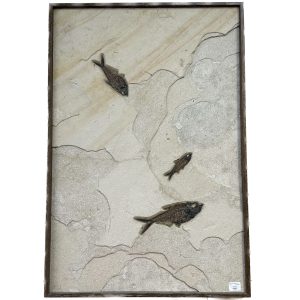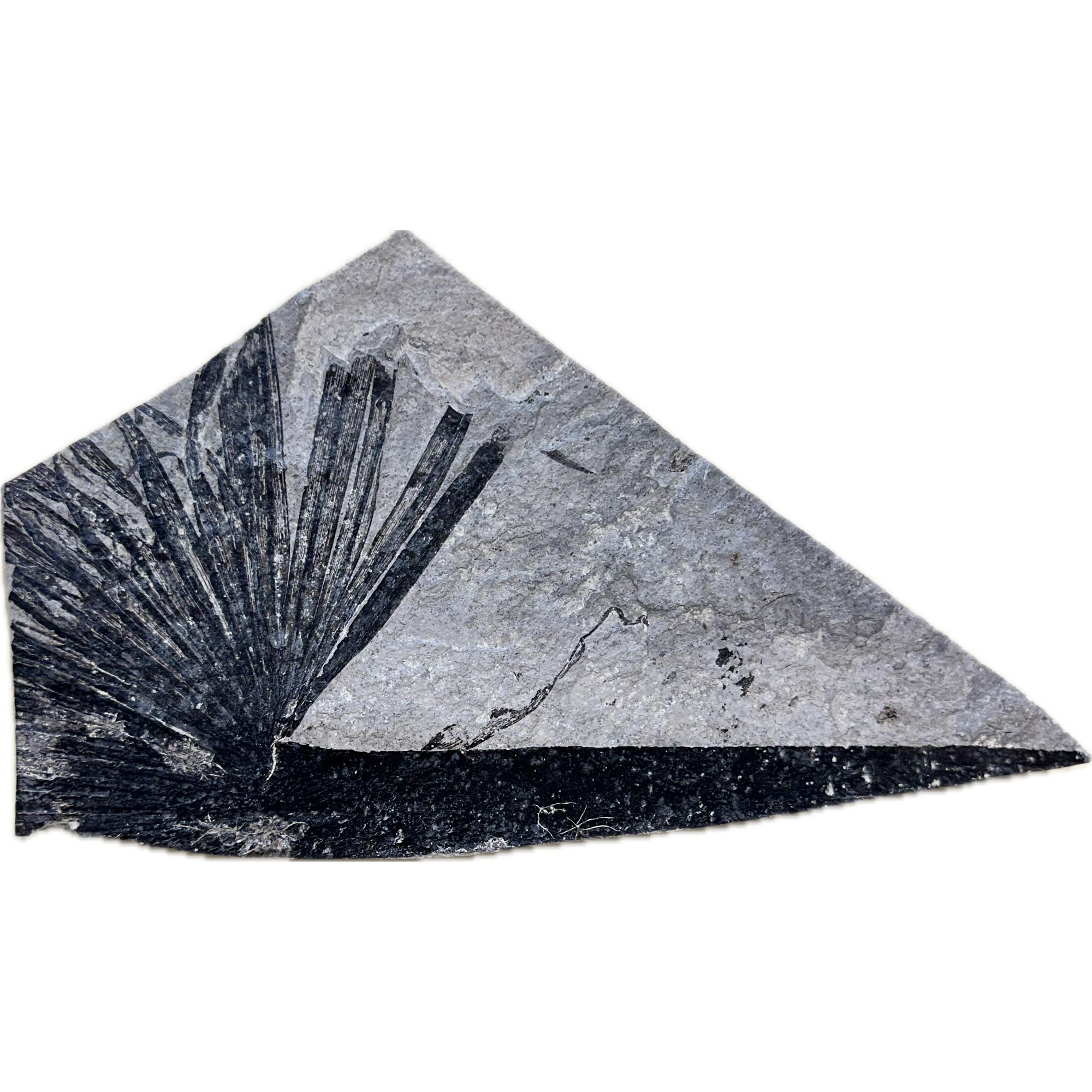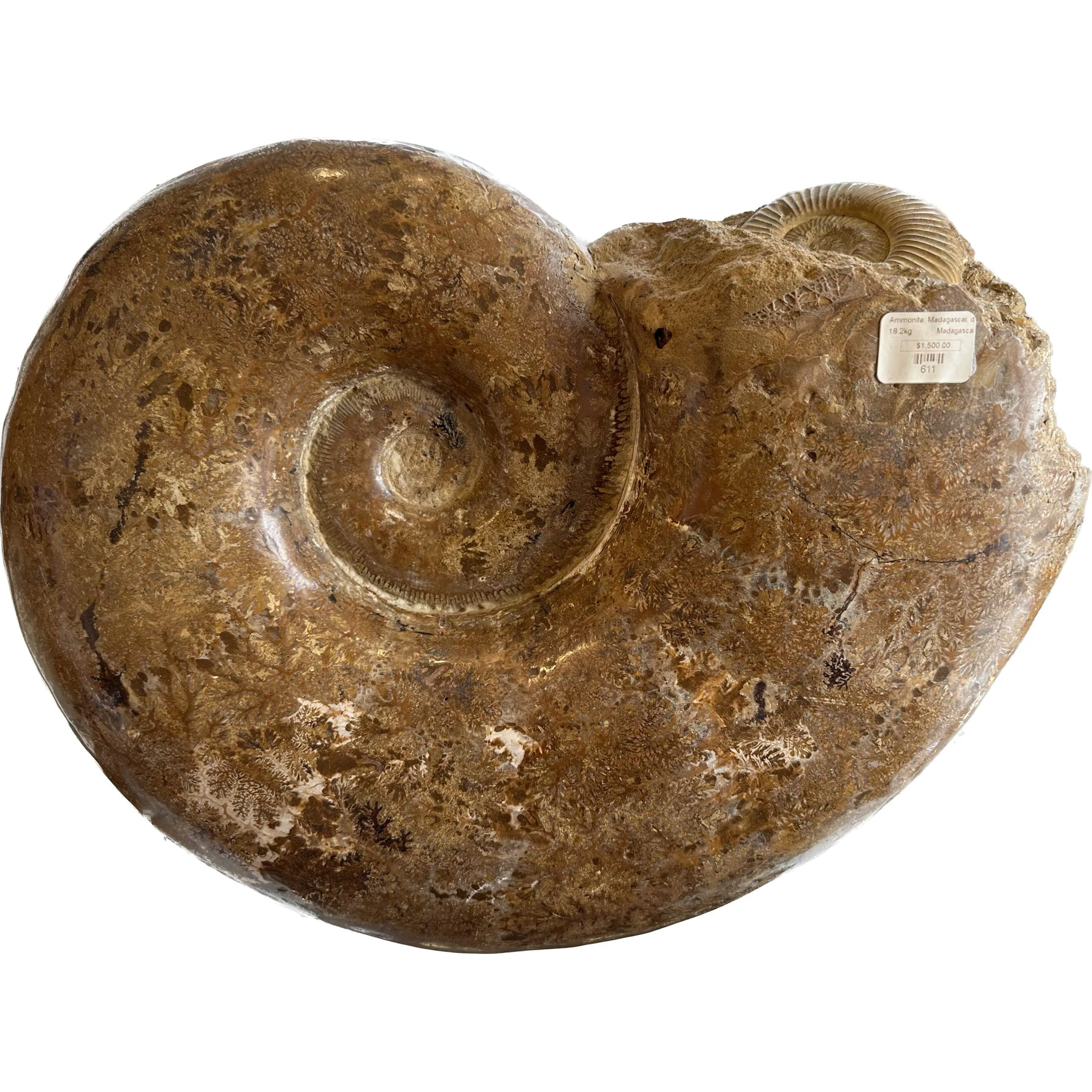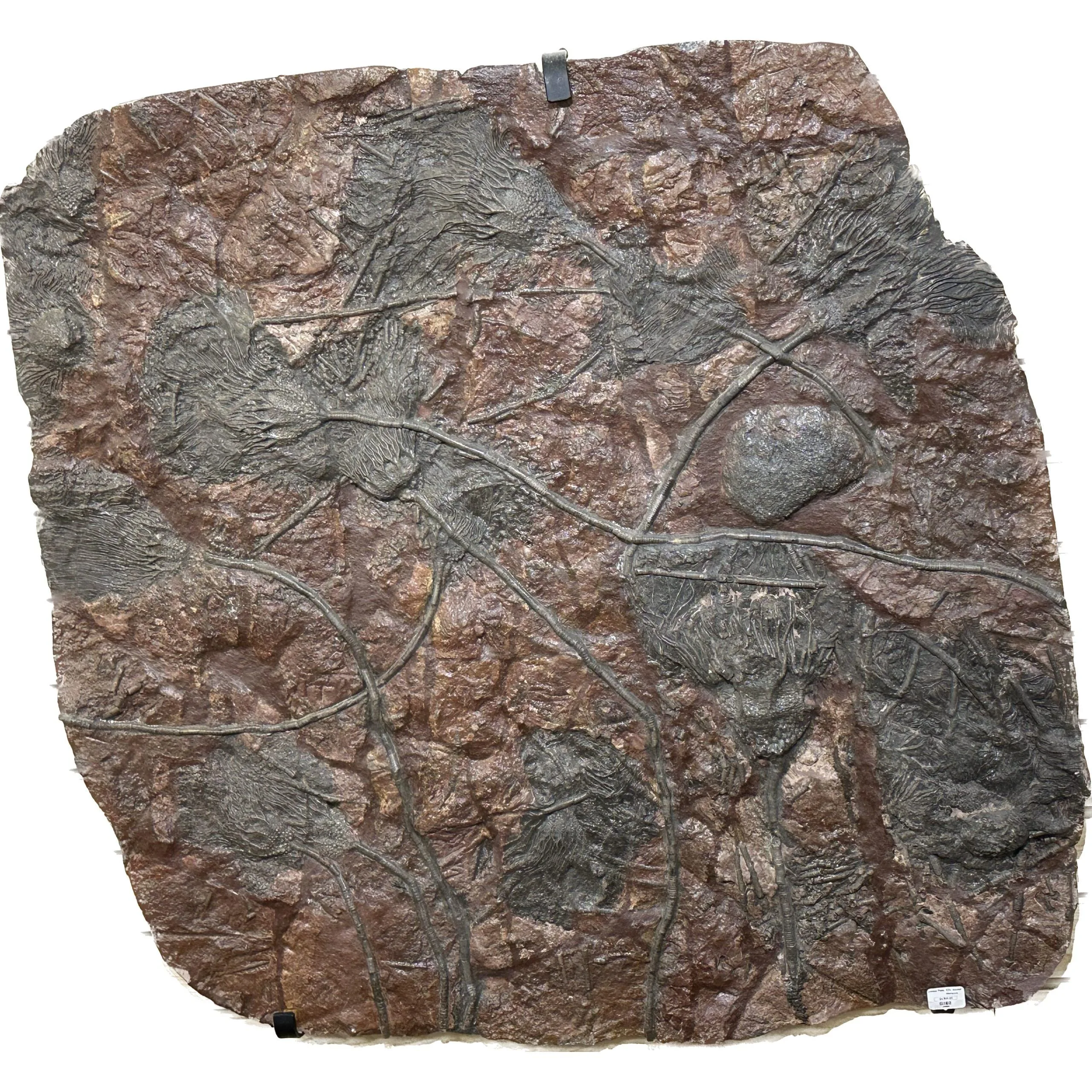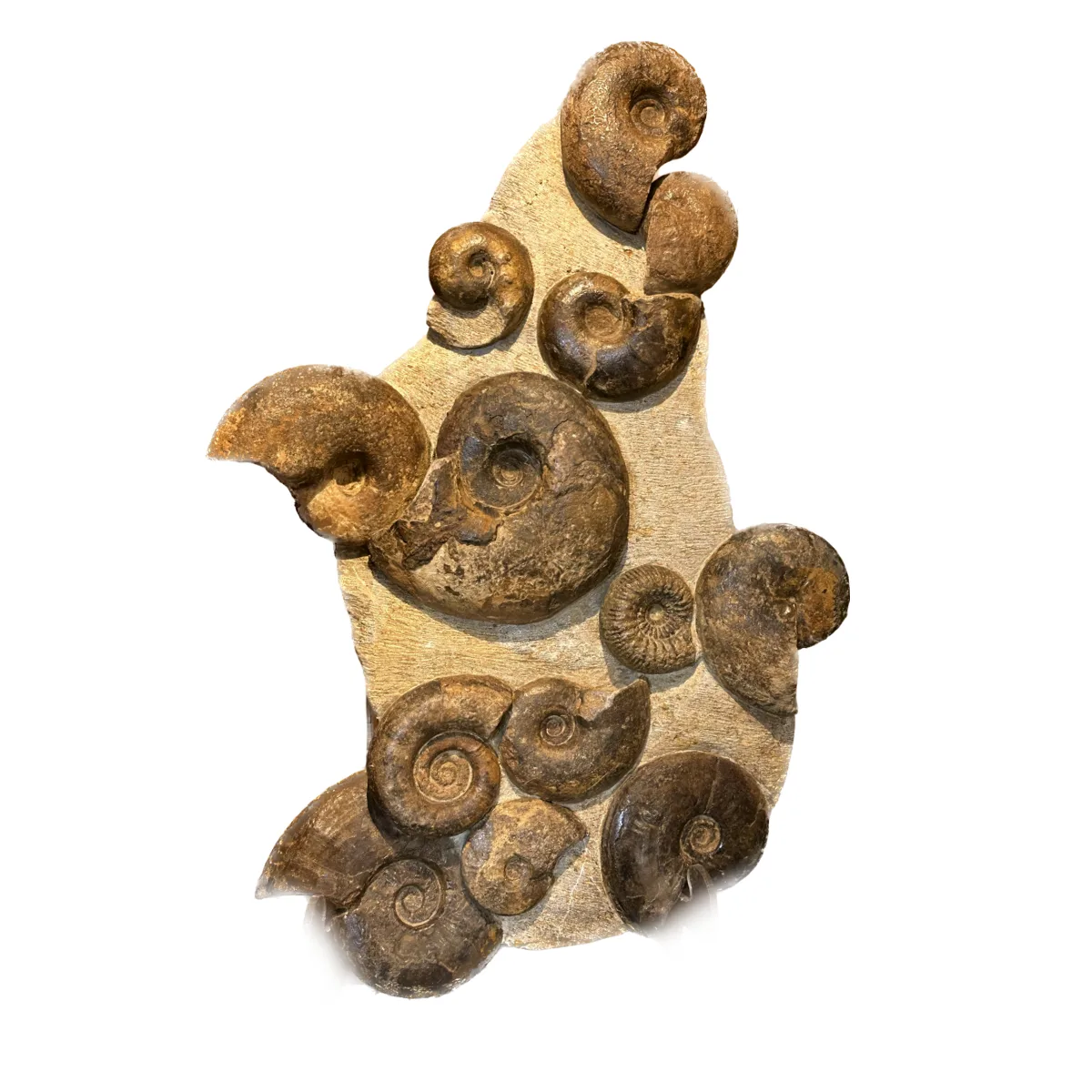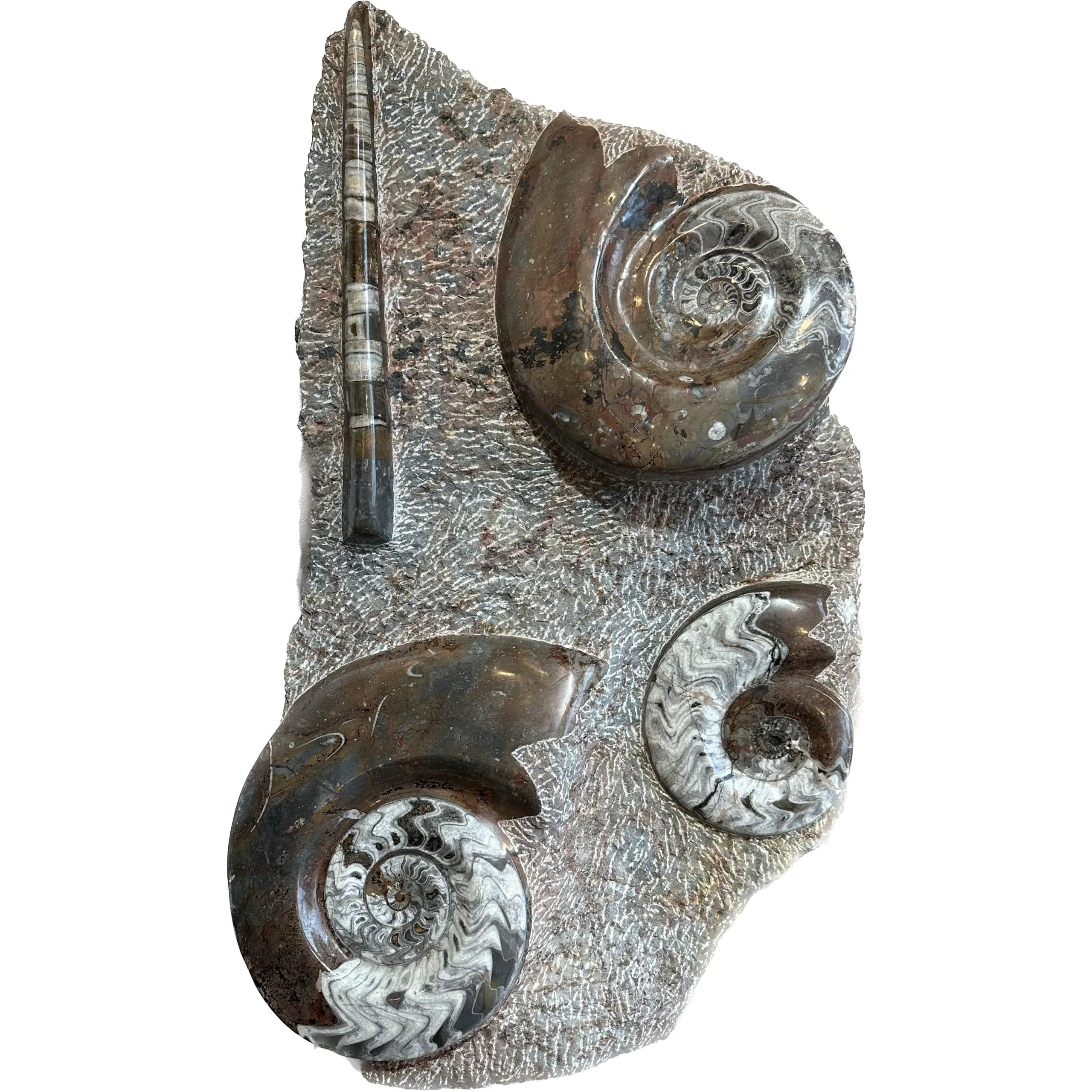Fossil fish offer a fascinating glimpse into ancient ecosystems, revealing the diversity and complexity of life that once thrived in prehistoric waters. These remarkable fossils, found in various locations around the world, provide invaluable insights into the evolution and behavior of fish over millions of years. One such renowned fossil site is the Green River Formation in Wyoming, a treasure trove of well-preserved fish fossils dating back to the Eocene epoch, around 56 to 34 million years ago.
Fossil fish come in a wide array of shapes, sizes, and species, ranging from small, primitive jawless fish to large, predatory sharks. They can be found in various rock formations, including limestone, shale, and sandstone, where the conditions for fossilization were ideal. The preservation of these fossils often includes intricate details of their scales, fins, and even soft tissues, providing scientists with valuable information about their anatomy and physiology.

Green River Formation: A Rich Source of Fossil Fish
The Green River Formation in Wyoming is renowned for its exceptional preservation of fossil fish. This formation, which dates back to the Eocene epoch, was once a series of freshwater lakes that teemed with life. The fine-grained sediment at the bottom of these lakes created an environment conducive to fossilization, resulting in the exquisite preservation of fish fossils found in the region.
Fossilization Process
The process of fossilization begins when a fish dies and sinks to the bottom of a body of water. The soft tissues decompose rapidly, but the hard parts, such as bones and scales, can become fossilized under the right conditions. In the case of the Green River Formation, the fine-grained sediment quickly covered the remains, preventing scavengers from destroying them. Over time, minerals in the water seeped into the bones and other tissues, replacing them and creating a fossilized replica of the original organism.
Diversity of Fossil Fish
The fossil fish of the Green River Formation represent a diverse array of species, reflecting the rich biodiversity of the ancient lakes. Among the most common fossils found in the formation are specimens of Knightia, a small, herring-like fish that was abundant during the Eocene epoch. Other notable species include Priscacara, a sunfish-like fish, and Diplomystus, a predatory fish similar to modern-day herring.
Importance of Fossil Fish
Fossil fish are not only valuable for understanding the evolution and diversity of fish but also provide insights into broader aspects of paleontology and geology. They can help scientists reconstruct ancient ecosystems, track changes in biodiversity over time, and even provide clues about past climate conditions. Additionally, fossil fish are important for education and outreach, helping to inspire interest in science and the natural world.
The conservation and study of fossil fish are crucial for preserving these valuable specimens for future generations. In regions like the Green River Formation, where fossil fish are abundant, efforts are underway to protect these sites from looting and vandalism. Additionally, ongoing research on fossil fish continues to expand our understanding of prehistoric life and its relevance to the modern world.
Evolutionary Significance
Fossil fish play a crucial role in our understanding of evolutionary history. They provide evidence of key evolutionary transitions, such as the development of jaws and paired fins, which were essential innovations that contributed to the success of fish and their eventual colonization of diverse aquatic environments. By studying the fossil record of fish, scientists can trace the origins of these features and gain insights into the broader patterns of vertebrate evolution.
Paleoenvironmental Reconstruction
Fossil fish fossils are invaluable for reconstructing past environments. The types of fish found in a particular fossil deposit can provide clues about the water’s temperature, depth, and oxygen levels. For example, certain species of fish are indicative of freshwater environments, while others are more characteristic of marine or brackish habitats. By analyzing the fossil fish assemblages, scientists can paint a picture of the ancient ecosystems in which these fish lived.
Taphonomy of Fossil Fish
The study of taphonomy, or the processes that affect organisms after death, is crucial for understanding how fossil fish are preserved. Factors such as scavenging, decay, and burial can all impact the likelihood of fossilization. In the case of the Green River Formation, the rapid burial of fish in fine-grained sediment played a key role in their exceptional preservation. By studying the taphonomy of fossil fish, scientists can gain insights into the conditions that favored fossilization in different environments.
Fossil Fish in Human History
Fossil fish have long captured the imagination of humans and have been the subject of fascination and study for centuries. In ancient times, fossil fish were often interpreted as evidence of great floods or as mythical creatures. In more recent history, fossil fish have played a significant role in the development of paleontology as a scientific discipline, helping to establish the principles of stratigraphy and evolutionary theory.
Fossil fish are valuable educational tools that can help teach students about evolution, geology, and paleontology. They offer a tangible connection to the past, allowing students to see and touch the remains of creatures that lived millions of years ago. Museums and educational institutions often use fossil fish exhibits and outreach programs to engage the public and foster an interest in science and natural history.
Conservation Challenges
The conservation of fossil fish faces several challenges, including the threat of looting, habitat destruction, and climate change. Fossil sites, such as those in the Green River Formation, are often targeted by illegal collectors seeking to profit from the sale of fossils. Additionally, ongoing environmental changes, such as changes in water levels and temperature, can impact the preservation of fossil fish and their habitats.

Future Research Directions
Future research on fossil fish is likely to focus on a variety of areas, including the use of advanced imaging techniques to study fossilized soft tissues, the application of molecular techniques to understand the genetic relationships between fossil and living fish species, and the integration of fossil data into models of past climates and ecosystems. By continuing to study fossil fish, scientists can gain a deeper understanding of the history of life on Earth and its relevance to our modern world.
Cultural Significance of Fossil Fish
In addition to their scientific importance, fossil fish also hold cultural significance for many communities around the world. In some cultures, fossil fish are seen as symbols of luck or prosperity, while in others, they are revered as ancestral spirits. Fossil fish fossils have been used in art, jewelry, and religious ceremonies, reflecting the deep connection that many people feel to the natural world and its history.
Collaborative Research Efforts
Research on fossil fish often involves collaboration between scientists from different disciplines, including paleontology, geology, and biology. These interdisciplinary efforts are essential for gaining a comprehensive understanding of fossil fish and their significance in Earth’s history. By working together, scientists can combine their expertise to address complex questions about the evolution and ecology of fish and their role in shaping the world we live in today.
Engaging the public in the study of fossil fish is critical for raising awareness about the importance of these fossils and the need for their conservation. Museums, parks, and educational institutions often host fossil fish exhibits, workshops, and field trips to engage the public and educate them about the wonders of paleontology. By fostering a sense of curiosity and wonder about fossil fish, we can inspire future generations of scientists and conservationists to continue exploring and protecting our planet’s natural history.
Prehistoric 101 (Learn about fossils, minerals, and meteorites)
Green River Formation Fossils
Eternal Impressions: Green River Fish Fossils
Fossil Butte National Monument

